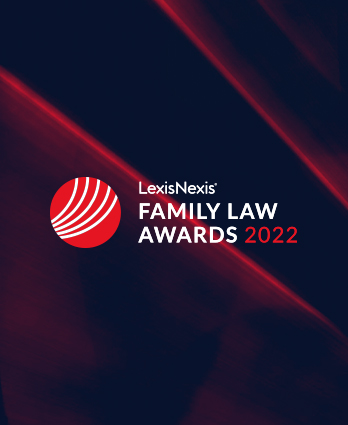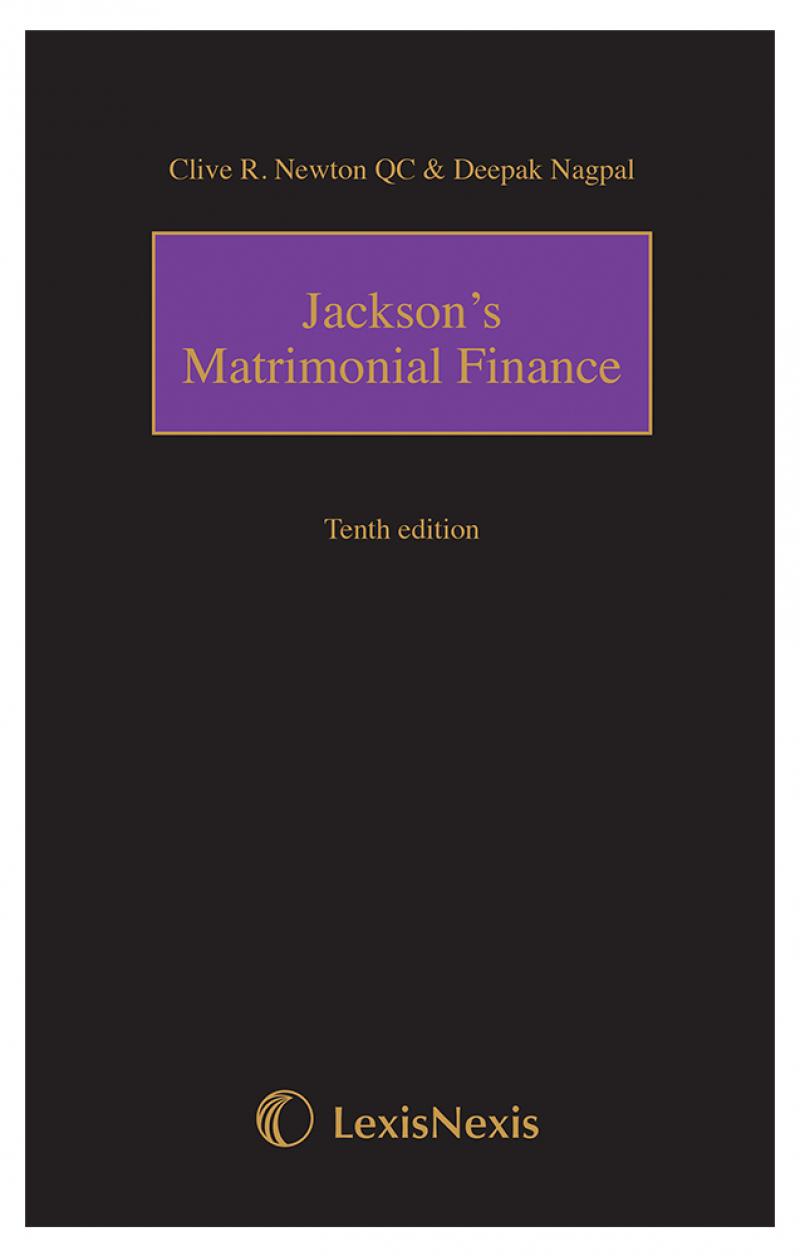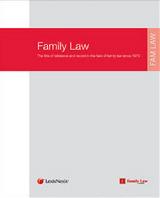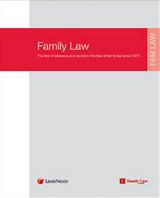- News & Comment
-
Online Shop
Online Services
Looseleafs
Law Reports
Books and eBooks
-
CPD & Events
Webinars
Events
- Authors
- About Family Law
- Contact












 18 FEB 2025
18 FEB 2025

 18 FEB 2025
18 FEB 2025

 18 FEB 2025
18 FEB 2025

 18 FEB 2025
18 FEB 2025

 11 FEB 2025
11 FEB 2025








This case concerns the very difficult situation in which the issue of disputed paternity only comes to light years after the child’s birth, when the child (and the father) have always believed that he is the biological father, but in fact it transpires that this is not the case. The situation inevitably gives rise to high emotions on each side making decision-making in the child’s best interests difficult. The court has the child’s welfare as the paramount consideration. However, there may be different strongly held views as to what in practice the child’s welfare demands. There is a conflict between the right of a child to know about their parentage, as against the risk to them of being unsettled by being told that the person who has brought them up as their father, in fact is not their father. There are also practical considerations as to when is the right time to tell a child, and what they should be told.
This arose in the recent case of AB v CD [2019] EWHC 1695 (Fam). The child, C, a boy, did not know that the person whom he always believed to be his father, AB, in fact was not. Neither did the father know until the marriage broke down, he heard rumours and asked for a DNA test. The identity of the biological father, known as X, was known to the mother (CD), but not to the father. The case came before Mr Justice Cohen. The mother’s case was that the child should not be told yet. The father’s case was that he should be told, and that the mother should reveal X’s identity, and that the child should also be told of X’s identity.
It is not clear from the judgment how old C is, but it appears that he is about eight. The fact that AB is not the child’s father was known to members of staff at AB and CD’s various residences, the families and some of the parents’ social circle. The inference was that this was as a result of the father’s actions, given that the mother would have no motivation to make this public. Accordingly, the risk was that the child was likely to find out and may do so in an uncontrolled way, which would not have been in his best interests.
The judge concluded that C should be told as soon as possible that AB was not his father. A guardian had been appointed for C, whose view was that he should be told. There was a further difficult issue then of whether C should be told at the same time of X’s identity. The guardian’s view was that he should be. The risk of splitting the issues was that C would have to go through the issue again in the future, and may feel that information had been kept from him.
The father’s view also was that C should be told that he was not his father, and the identity of X, at the same time. The judge was concerned about doing this without first ascertaining X’s reaction to the news. He may or may not want to play a part in C’s life.
Accordingly, the case was adjourned for a letter to be sent to X asking him various questions and returned to court a few weeks later (AB v CD (no 2) [2019 EWHC 2244]). By this time, it was apparent that X denied paternity. The father’s position was that C should be told both that he was not the father, and that X was. The mother’s position was that he should be told neither.
The decision was that C should be told that AB was not his father, but that the appropriate time to reveal X’s identity was when the independent social worker decided that it was right, as she could make a decision based on C’s reactions and needs. AB would be told at the same time.
This is a pragmatic judgment focusing on C’s needs, and in accordance with the welfare principle. To choose a time now would be arbitrary, and if the parties were left to agree they may be unable to do so and have to go back to court. However, it left the issue of X’s identity unknown to AB for an indefinite period of time, which might make it difficult for the parties to move on.
The judge at the earlier hearing confirmed that it was an “acutely difficult matter, and I approach it with humility, aware that different tribunals might reach different decisions on this matter of such importance to the parties.”
Other points to note:
1. In this case, the father was granted parental responsibility and a “spend time” order, necessary as he was not the biological father of the child.
2. The judgment stated that there were no reported cases where these particular issues had arisen before. There are a number of cases which have clearly stated that it is in a child’s interest to know the truth of his paternity.
3. This article only deals with the welfare issue as that was presently before the court. The financial ramifications of the paternity issue will be dealt with separately. There were in addition proceedings in the Chancery division for breach of confidence, and a claim in deceit by AB in the Queen’s Bench division (subsequently transferred to the Family division) claiming back from CD all the money spent in the mistaken belief that C was his son, damages for his distress and for the difference between the sum that CD will receive at the determination of her claims for financial remedy and what she would have received in 2011 as he says that the claims would have been dealt with in 2011 if she had admitted her adultery. AB abandoned the claim for repayment, having decided that he wished to play a full part in C’s upbringing. CD made an application to strike out the deceit proceedings. The judge had previously decided that the strike out should be dealt with at the same time as the final financial remedy hearing, but he changed his mind so that the strike out application was to be heard before the final financial remedy hearing, so that is awaited. Even if the strike out is successful, the paternity issue would be before the court in the financial remedy proceedings as part of the overall discretionary exercise.





Leave a commentOrder by
Newest on top Oldest on top